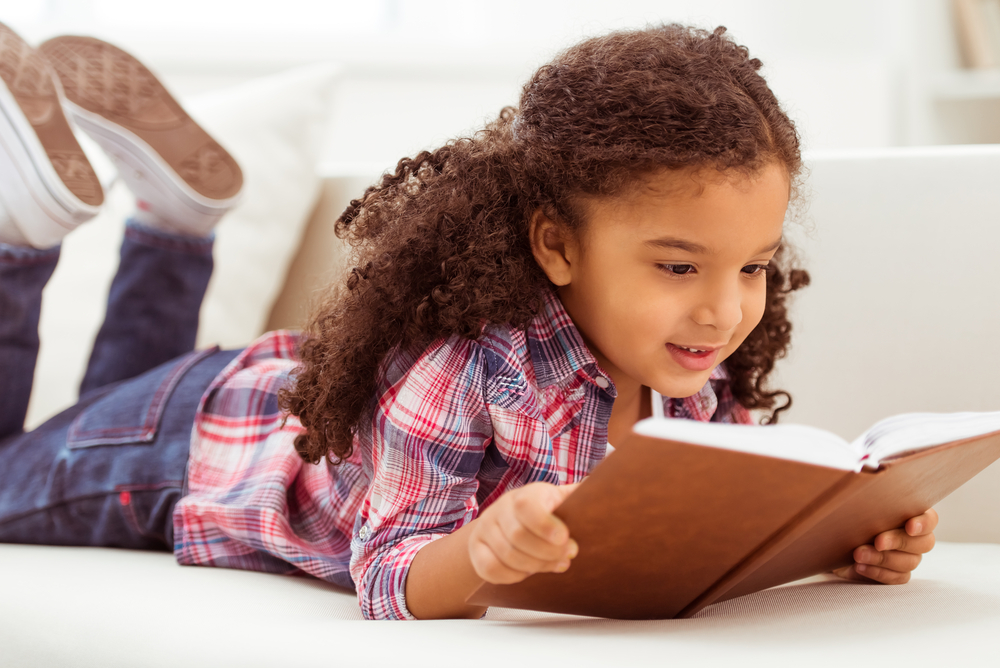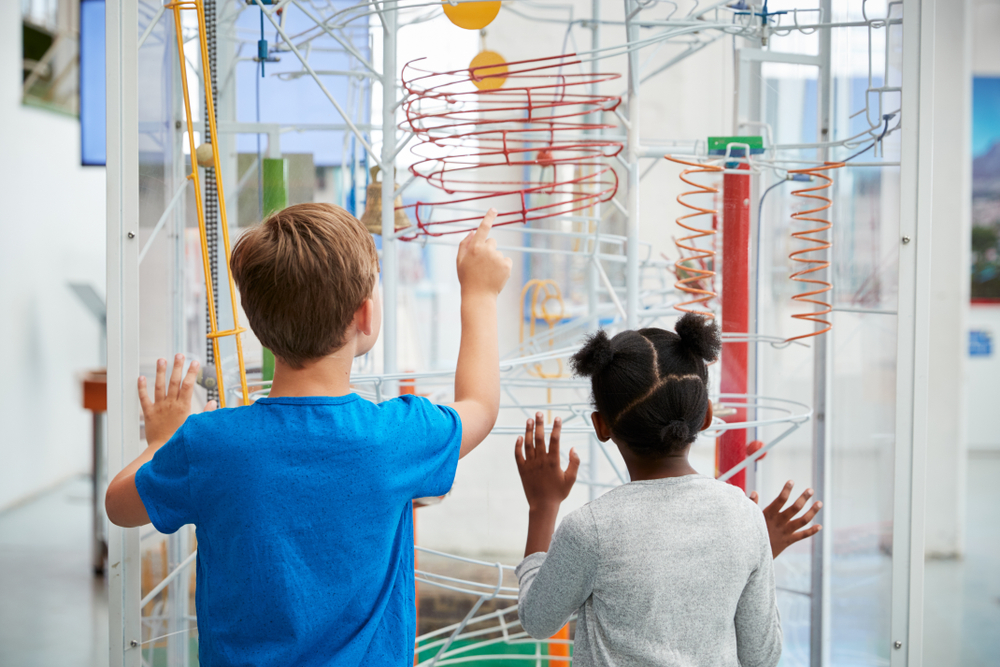
Parents know that reading helps children grow their vocabulary and their knowledge. Reading is the doorway to learning; as children grow, they learn to read and then read to learn. Every subject begins to depend on reading skills, and this is why and how children who read below grade level could struggle and fall farther behind.
Reading helps the brain, but it also can help with other aspects of physical development. In fact, reading can help children with:
- Fine motor skills
In addition, if parents play reading games like Sight Word Twister, reading also can help gross motor skills, too.

How Reading Helps Fine Motor Skills
When a child is reading a book, they turn the pages. Grabbing the thin or even thick page of a book is a fine motor skill. Preschoolers also read books where flaps must be lifted to view characters or other fun activities. This also helps work on fine motor skills.
When reading with children, ask them to turn the page.
Visualizing is a Powerful Skill
Our brains are capable of many things. While reading opens the door to new words and skills, it also unleashes the imagination. When a child hears a story or reads a book independently, they visualize the plot and the characters.
Books are fuel for the imagination, and they also can help children create miniature movies in their mind. Even recipes can conjure imagery; recipes often include directions like “stir the vanilla into the batter.”
Reading awakens the mind and helps children grow their imagination and visualize new worlds, ideas and friends, too.
Reading Can Impact Sensory Perception
Scholastic explains that reading also can “sharpen the senses.” How? When reading, children might come across descriptions that cause their brain to remember a familiar smell. Maybe a character is cutting the grass and the child remembers this familiar scent.
Again, words are powerful, and reading a book can awaken the senses. Descriptions of noises, scents and even textures can become a sensory journey.

Stories can Increase Empathy
Scholastic also points out that books and stories can help boost a child’s empathy. Reading a story about a mistreated character can suddenly evoke feelings of sadness and sorrow for the character. Children could also identify with a character’s storyline.
Books can teach children about the world, and they also can teach children how to identify the emotions of others.
How Parents Can Boost the Benefits of Reading
While books can impact children beyond the pages and the storyline, parents can use games and activities to boost the physical benefits of reading. Here are some ideas:
Play Reading Games
Games like Sight Word Twister or Sight Word Scavenger Hunts help kids move their body while also practicing reading skills (their sight words). To play Sight Word Twister, parents just need a standard Twister game mat (or they can make one). However, instead of using just colors for moves, parents can add the sight words.
When children land on a sight word, they can say it. Not only will children move in different formations, they also can practice their mandated list of sight words.
Sight Word Scavenger hunts can be played anywhere. Parents can give children a list of their sight words and encourage them to find the words at the story or on errands. Children might earn a prize when they find all the words.
Talk About Stories
To help children understand the feelings of characters and to gain insight as to how much the child understands about the story, parents should ask questions as they read. For younger readers, focus on the key w/h questions of comprehension: who, what, where, when, why and how.
Older children might need to be able to answer more intricate questions about the similarities or differences of characters. Parents also can ask older and younger children how they might handle a situation faced by a character.
Find Sensory Books
Younger children and toddlers can read books that include buttons or flaps that can infuse the story with sensory activities. For example, the child might lift a flap to find a hidden texture or a scent that goes along with the story.
Some stories or books include sound features. Children are prompted to press a button that plays sounds to help tell the story. A button might include the sound of a flushing toilet (for a potty book) or a character speaking.
Books that feature sensory activities can help children link the plot of the story with their different senses. These features let young readers hear, smell and feel the story.
Boost Imagination with Wordless Books
Children can often visualize the plot and appearance of the characters with the help of descriptions from the author. Some books, though, only include pictures but no words. These ‘wordless books’ require children to create their own story.
Wordless books can help children expand their storytelling skills and better understand the parts of a story, too. Children need to create a beginning, middle and an ending that wraps up all the action. This could be difficult for children at first, but wordless books could open up the mind to a whole different reading journey.

Enjoy Reading Activities that Encourage Exploration
Reading also can offer physical benefits when parents think outside the box. Take a reading field trip to a place featured in a book. These trips can encourage children to follow the paths of a favorite character and view the story from a different angle.
In addition, reading field trips can encourage children to get active and discover new ideas, too. For example, perhaps parents take a child to a history museum for a reading field trip. Talk about how the trip relates to the book, but parents also can encourage children to explore areas in the museum beyond the book.
Use reading and stories as a jumping off point for more growth and development.
Reading also Could Help Alleviate or Ease Fears
The fear of the unknown can be powerful. Everyone has a fear, and, sometimes, these fears can be difficult to overcome. Is a child afraid of visiting the dentist for the first time? Maybe they are concerned about visiting a new place, going to kindergarten or even flying on a plane.
Use books to help children overcome fears or find out more about what they fear. Many stories include popular characters (like Sesame Street friends) going to a doctor or doing other activities that might seem scary to a child.
Physical benefits of books can include helping to eliminate or ease anxiety or fears. However, books aren’t an instant cure for children; some children have anxiety or other issues that are best helped by a pediatrician or other medical professional.
Do Reading Apps Help with Physical Development?
A reading app like Readability also can help a child’s physical development. Readability is designed for children to read stories and books aloud; the program includes a built-in AI tutor that guides lessons and provides help when a child stumbles. The AI tutor includes voice-recognition software, and, when the child is reading aloud, the tutor is listening for any concerns.
Reading via a reading program can offer benefits for children just like standard books. Readability includes a library filled with fiction and non-fiction stories that ignite a child’s imagination and their senses, too.
Children can tap any word in a story to hear the definition or hear it used in a sentence. Readability also offers a Storytime feature that allows children to listen to their favorite Readability stories anytime or anywhere.
Parents who are interested in exploring the stories and features of Readability can try out the program. Sign up for a free seven-day trial today and start exploring.

 Español
Español